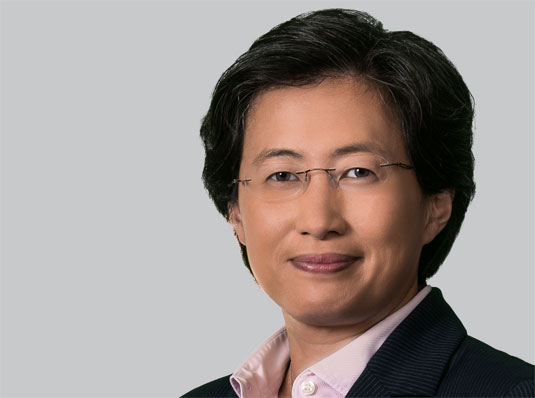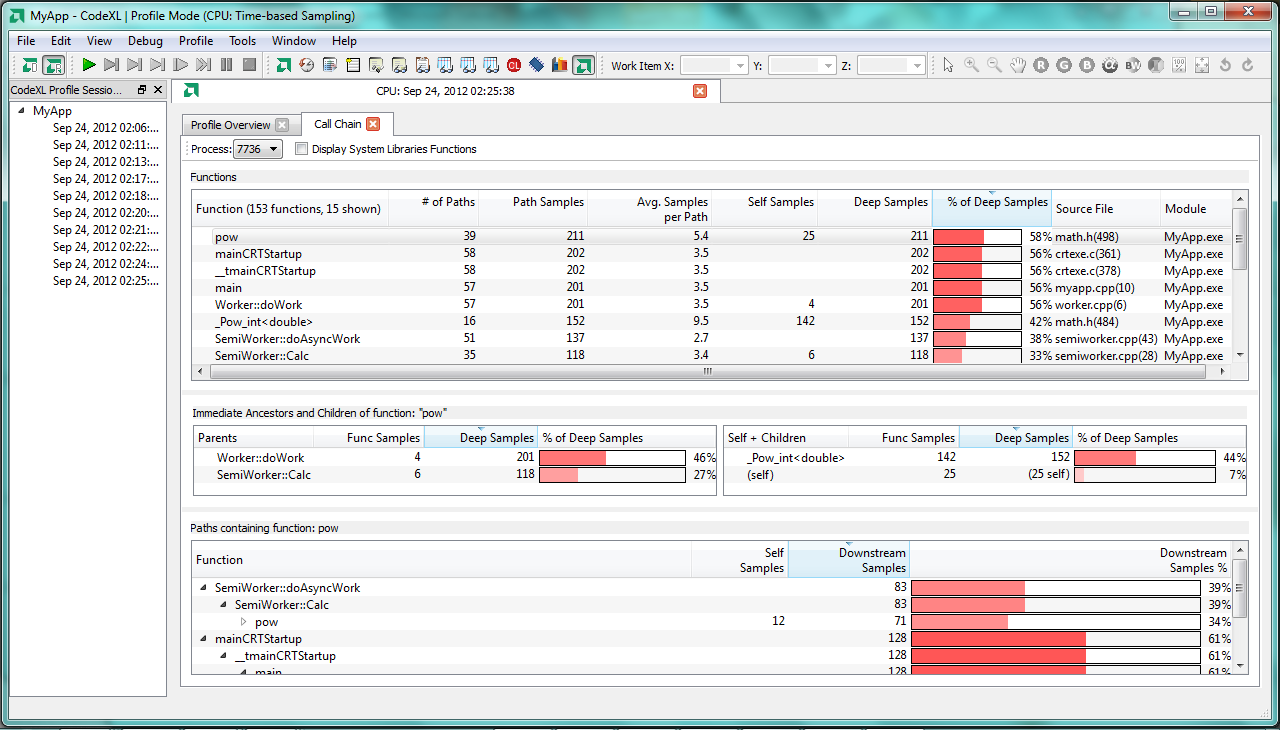
Rory Read is out; Dr. Lisa Su is in. AMD announced a shake-up at the top yesterday in a surprise announcement that CEO Read would be replaced by Su, formerly AMD’s COO. Despite the abruptness of the announcement, however, Read stated that he had been preparing a successor since he first began running AMD three years ago.
In prepared statements read over a public conference call, Read stated that he had realigned the core goals of AMD as a company during his tenure. He said that he “set a decisive strategic course for the company based on diversifying into new markets where our leadership graphics and ambidextrous compute IP provide a competitive advantage. I am proud to have led AMD through such an important chapter of its history, and believe the company is in a strong position to win moving forward.”
Su has been with AMD since 2012. Prior to that time, she worked as a senior vice president at Freescale, and before that she was at IBM.
Of Su, Read said, “Lisa is a proven leader with a respected record of driving growth and transformation at AMD. Since joining AMD, she has held key roles such as the head of all AMD business units and most recently as chief operating officer.”
Read explained the timing of the move as well. “Now is the right time for her to take the reins and continue driving AMD forward. I have no doubt that Lisa is the right leader for what lies ahead during this important time for the company where the emphasis will be on creating winning products across a broader set of markets. I will remain an advisor to Lisa and the company through the end of the year to help ensure a seamless transition for all of our internal and external stakeholders,” said Read.
AMD has a troubled history of CEOs, punctuated by Hector Ruiz, who stepped down in 2008 after seven consecutive down quarters. Allegations later surfaced around Ruiz’s improprieties that resulted in insider trading allegations for an associate of his.
Su steps in, however, after AMD’s numbers have begun looking up. In 2012, the company acquired server-maker SeaMicro, and with it, a license to produce ARM chips. While Intel continues to struggle to compete with ARM, AMD has embraced it.
“Over the next 5 years there will be more than 50 billion interconnected devices that will need increased computing and visualization capabilities, and the majority of these will be either ARM or x86-based. We have the unique capability to integrate compute performance, graphics leadership, SOC design, and system and software knowledge to build great products for these applications. This is our opportunity to lead,” said Su.
Another success for the company in recent years has been in the game console market. While Sony and Microsoft fought for years over platform specifications, with the two companies choosing either Nvidia or AMD for their console’s chips, and then switching a generation later. For both the Xbox One and the Playstation 4, both companies chose AMD chips.
“We will also drive deeper and more strategic relationships with key market leaders. We have proven with the game console ramp that we can be a trusted supplier to key market makers. This model of co-development and deep partnership will become more important in the future and we will expand our efforts in this area,” said Su.
Su said she also plans to continue Read’s work to streamline AMD. “An example of that simplification happened several months ago when we separated the AMD business into two groups around the Computing and Graphics business and the Enterprise, Embedded and Semi-Custom business. This separation enables us to optimize each business for the unique customer and market requirements. In the coming quarters we will continue to simplify the business and speed our execution across the company,” said Su.





